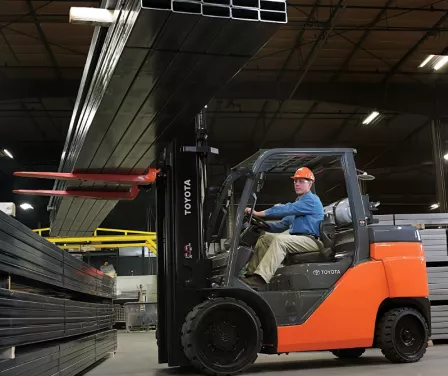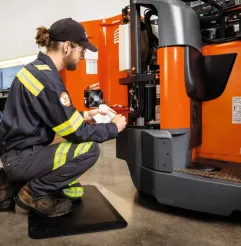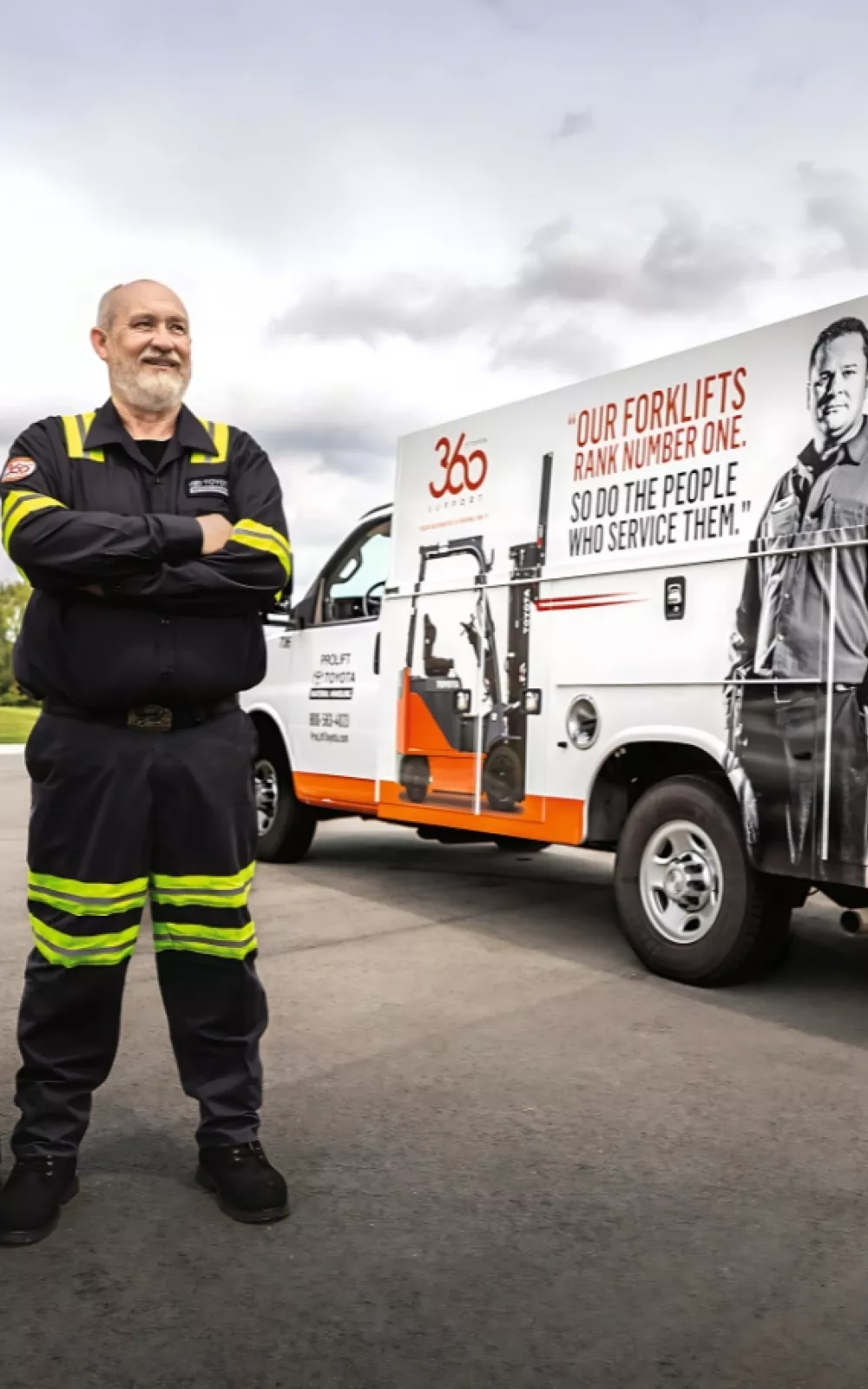Rent
ProLift offers daily, weekly, and monthly rentals. Find the right equipment for maximum productivity and safety.
Let us know how we can assist you! A ProLift specialist will connect with you to help with your material handling needs.

Learn how carbon monoxide (CO) emissions from propane-powered forklifts can affect indoor air quality and employee safety. Understand the risks, emission levels, and the necessary steps to ensure your facility stays compliant with OSHA standards for CO exposure.

As temperatures drop, companies often prioritize reducing heating costs by closing doors, windows, and air systems. However, propane-powered forklifts continue to operate, potentially causing carbon monoxide (CO) buildup in indoor spaces.
CO is an odorless, colorless, tasteless, and non-irritating gas that can impact employees even at low exposure levels by reducing the blood’s capacity to carry oxygen to vital organs. Continuous exposure increases CO concentration in the body over time, leading to potential carbon monoxide poisoning.
It’s easy to forget propane powered forklifts produce carbon monoxide gas because the output is normally very low. However, the levels can be greatly affected by dirty air filters, engines needing tuning and fuel systems requiring service or adjustment. The age of a forklift also matters. An older forklift – no matter how well tuned and serviced – produces higher output percentages compared to a newer forklift’s engine.
A newer propane-powered forklift can emit as low as 0.5% CO exhaust concentration, equating to 5,000 parts per million (PPM). In contrast, older or poorly maintained forklifts may have exhaust output as high as 2-4%, resulting in CO levels between 20,000 and 40,000 PPM. Significant air exchange is required to maintain CO levels within OSHA standards.
According to OSHA CFR 1910, CO exposure should not exceed 50 PPM over an 8-hour time-weighted average, which refers to air inside the facility, not the forklift's exhaust output. Insufficient ventilation can lead to noncompliance.

When you need help installing a part, count on ProLift for expert forklift service and repair, with a guaranteed 4-hour response time.
When a person visits a hospital and a blood gas test shows CO poisoning, the hospital is required to report the findings. An OSHA officer may visit later with PPM meters to hang in the facility. Later, the officer would return to review PPM over a T.W.A of 8 hours. High levels are subject to a written citation and compliance schedule to fix the problem quickly.
Concerned your forklifts are outputting high levels of CO? Contact ProLift to discuss servicing your equipment or scheduling the fleet for regular maintenance.
ProLift is your one-stop shop for dock and door, forklift, and industrial battery maintenance. Contact us today to be connected with a sales consultant.

Let us know how we can assist you! A ProLift specialist will connect with you to help with your material handling needs.
